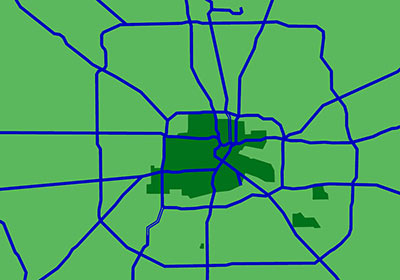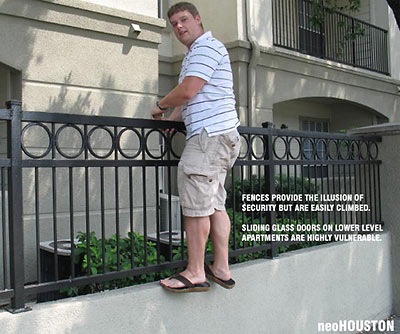
Blogging at NeoHouston, Andrew Burleson declares that the connections a building has to the world around it — what he calls its interface — have a big effect on value:
A house may be great, but if it doesn’t have a nice front yard it won’t be worth as much as the house next door that does. Likewise, homes in an area with lots of big trees tend to be valued higher than places without them. The interface is better.
Well, sure. Big trees is nice! But Burleson also claims that the value effects of interface success — and suckage — can travel:
Interfaces are highly radiant, they have a significant impact on the values of surrounding properties, and this value has a tendency to spread. If a street is truly beautiful, every adjacent property is likely to be highly valued. If a street is very ugly, every adjacent property is likely to be somewhat undervalued, even if some individual structures on that street are highly valued.
So why are we jumping over fences in Midtown? It’s all part of Burleson’s photo tour of the “interfaces” of 3 apartment complexes within a few blocks of each other: The Post Midtown Square (the good), the Camden Midtown Apartments (the bad), and 2222 Smith Street (the so-so).
CONTINUE READING THIS STORY
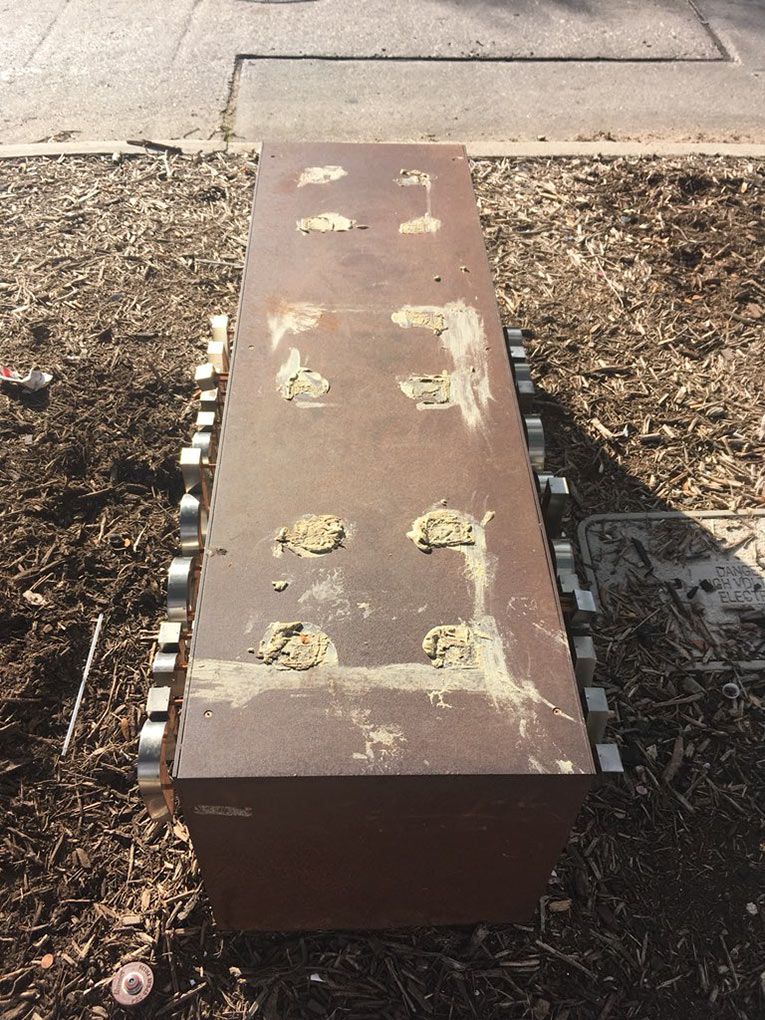
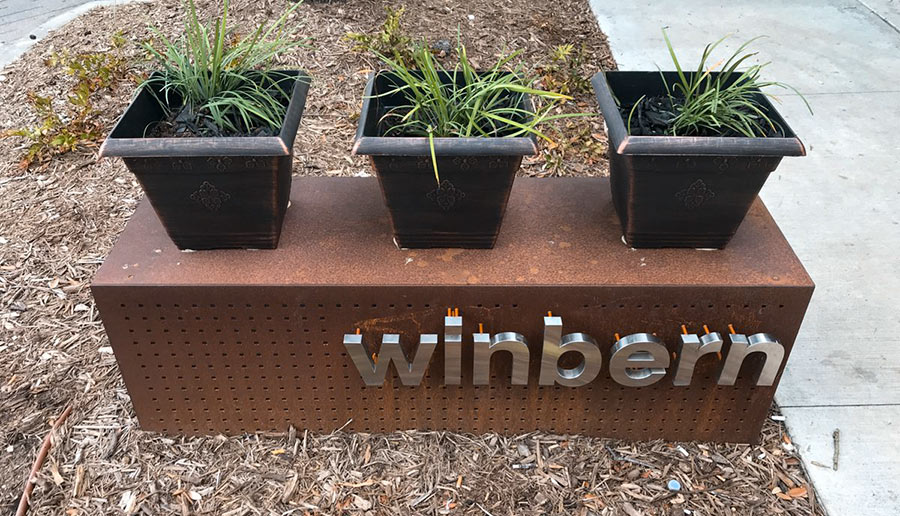



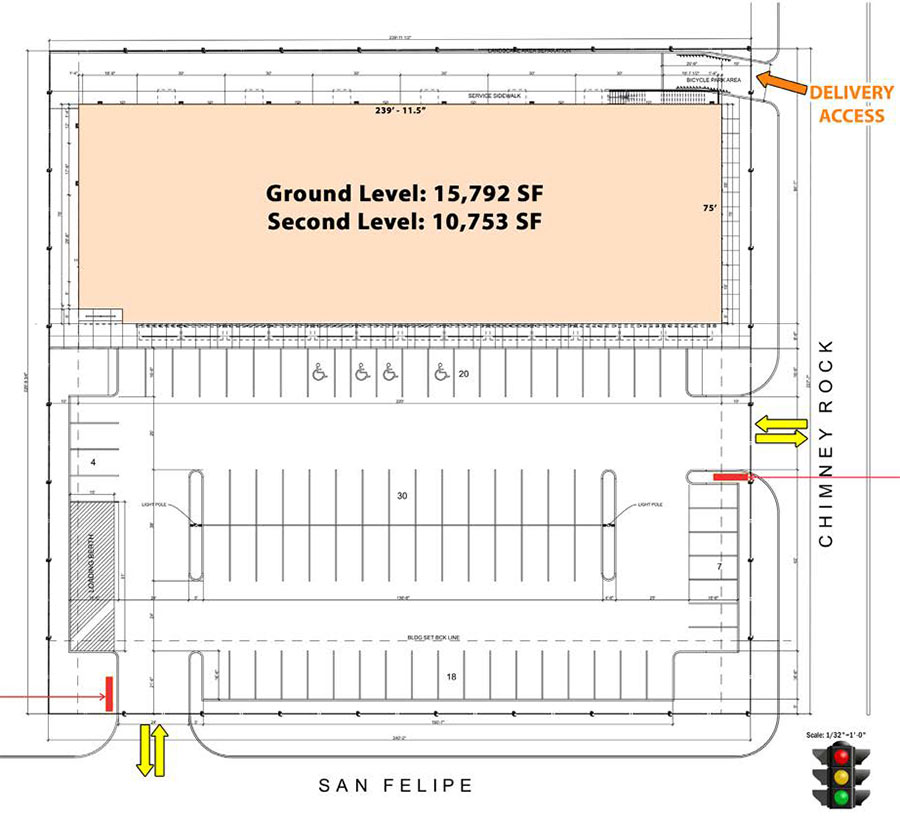 “Just walk around to the other side and pretend that’s the front. Then the parking lot will be in the back! A walkable solution!” [
“Just walk around to the other side and pretend that’s the front. Then the parking lot will be in the back! A walkable solution!” [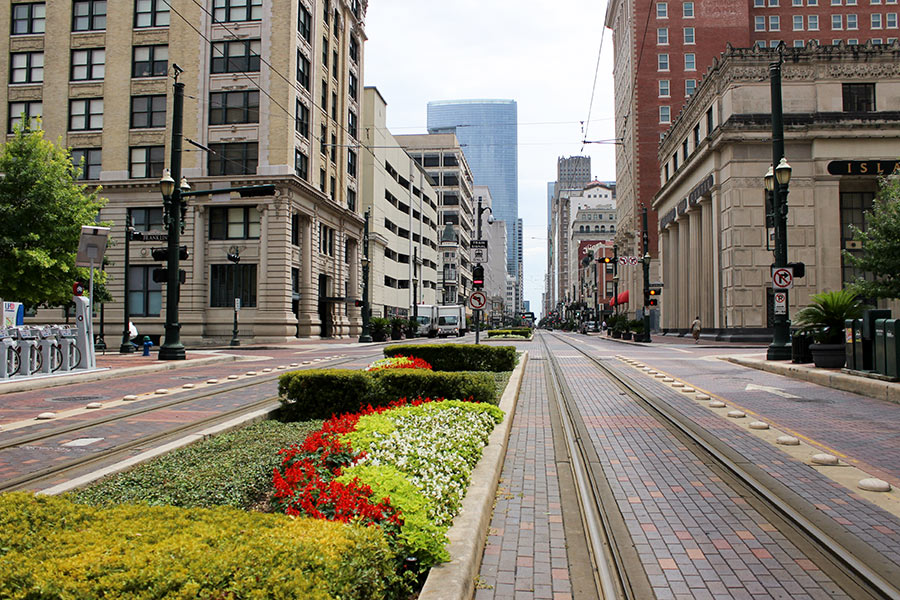 “. . . Metro and the City of Houston should close Main St. to vehicle traffic and make it a bike/pedestrian lane. It’s terribly confusing and extremely slow compared to the lanes next to it and causes more harm than good. People love to hate on bike lanes, but I bet all the haters avoid driving on Main like the plague already.” [
“. . . Metro and the City of Houston should close Main St. to vehicle traffic and make it a bike/pedestrian lane. It’s terribly confusing and extremely slow compared to the lanes next to it and causes more harm than good. People love to hate on bike lanes, but I bet all the haters avoid driving on Main like the plague already.” [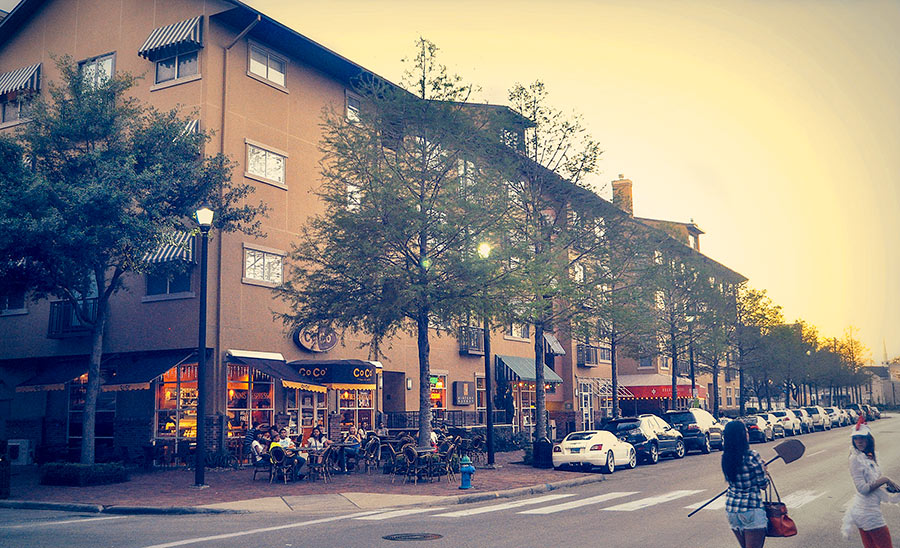 Only 17 percent of projects eligible for incentives included in the city’s 8-year-old
Only 17 percent of projects eligible for incentives included in the city’s 8-year-old 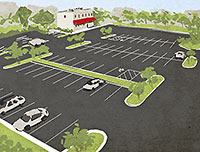 “Biology has words to describe the relationship between parking and driving. ‘Arms race’ and ‘co-evolution’ fit pretty well. If you find a creature that has evolved to devote a lot of its energy to producing toxins, you’ll find some other creature that has evolved to survive those toxins — the two are in an arms race with each other, and have co-evolved these capabilities. One becomes a little more toxic, the other becomes a little more immune to that toxin. Other organisms can’t invade that relationship because they aren’t toxic enough or immune enough. From this perspective, large parking lots and heavy reliance on cars can be seen as Houston’s defense mechanism. Houston is immune to walkability because driving and parking have co-evolved to such extremes here. There’s no stable strategy to provide a path from where we are to where the new urbanists want to be.” [
“Biology has words to describe the relationship between parking and driving. ‘Arms race’ and ‘co-evolution’ fit pretty well. If you find a creature that has evolved to devote a lot of its energy to producing toxins, you’ll find some other creature that has evolved to survive those toxins — the two are in an arms race with each other, and have co-evolved these capabilities. One becomes a little more toxic, the other becomes a little more immune to that toxin. Other organisms can’t invade that relationship because they aren’t toxic enough or immune enough. From this perspective, large parking lots and heavy reliance on cars can be seen as Houston’s defense mechanism. Houston is immune to walkability because driving and parking have co-evolved to such extremes here. There’s no stable strategy to provide a path from where we are to where the new urbanists want to be.” [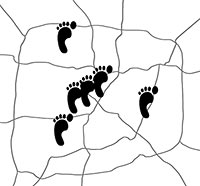 “. . . [Y]ou can have walkability even when density is just moderate. Small town downtowns are walkable even though most folks arrive by car. Many commercial neighborhoods in streetcar suburbs built before 1950 are this way. What makes them walkable: comfortable street design (sorry but 40 mph is too fast), frequent safe pedestrian street crossings, ample sidewalks in good condition, pedestrian-oriented buildings that aren’t separated by big parking lots, on-street parking (what Houston lacks in too many places), decent night lighting, and relatively small block sizes. Houston has subsets of these features in numerous places but the whole package is very rare — 19th @ Rutland, Rice Village (mainly just strip malls mushed together), Harrisburg @ 67th, the Historic District downtown, and the main gay bar area in Montrose (awful or nonexistent sidewalks though and lacking night lighting) come close, plus of course Bagby @ Gray. Hence developers building them from scratch (West Ave, River Oaks District, CityCentre, etc.) to satisfy demand.” [
“. . . [Y]ou can have walkability even when density is just moderate. Small town downtowns are walkable even though most folks arrive by car. Many commercial neighborhoods in streetcar suburbs built before 1950 are this way. What makes them walkable: comfortable street design (sorry but 40 mph is too fast), frequent safe pedestrian street crossings, ample sidewalks in good condition, pedestrian-oriented buildings that aren’t separated by big parking lots, on-street parking (what Houston lacks in too many places), decent night lighting, and relatively small block sizes. Houston has subsets of these features in numerous places but the whole package is very rare — 19th @ Rutland, Rice Village (mainly just strip malls mushed together), Harrisburg @ 67th, the Historic District downtown, and the main gay bar area in Montrose (awful or nonexistent sidewalks though and lacking night lighting) come close, plus of course Bagby @ Gray. Hence developers building them from scratch (West Ave, River Oaks District, CityCentre, etc.) to satisfy demand.” [
